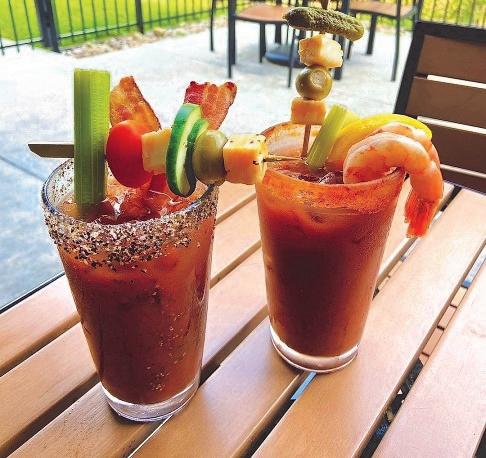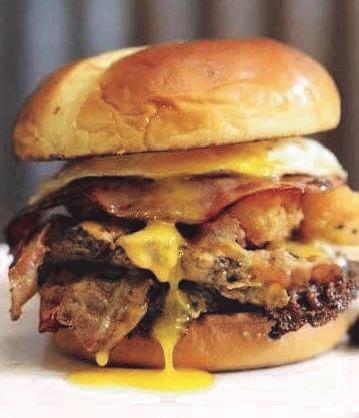




TIDBITS® MUNCHES ON SOME FOOD BITS
by Kathy WolfeThis week, Tidbits invites you to sit down to the table and chew on these facts about various kinds of food.
• Nestle is the world’s largest food company, owning more than 2,000 brands in nearly 190 countries. This Swiss-based company has 450 factories that contribute to its $90 billion in annual sales. It all started in 1877 with the creation of the world’s first milk chocolate by German chemist Henri Nestle, who had already achieved great success with his invention of a specialized baby formula. Nestle’s hot cocoa mix has been around since 1935, with the Crunch bar introduced in 1938, chocolate chips and instant coffee in 1938, and Nestle Quik in 1954. In addition to their famous chocolate products, Nestle owns, among others, Libby’s, Carnation, Lean Cuisine, Haagen Diaz, Gerber, Stouffer’s, DiGiorno and Tombstone pizzas, and 25 different coffee brands. The company is also owner of several pet food entities, includingAlpo and Purina.






• Although we eat a whole lot of beefy cheeseburgers, they’re far from the most consumed meat. Goat meat is actually the most consumed red meat, totaling 70% of the global total. The United States and Australia are the world’s largest meat eaters, while India has the lowest consumption in the world, just 7 lbs. (3.2 kg) per person annually.



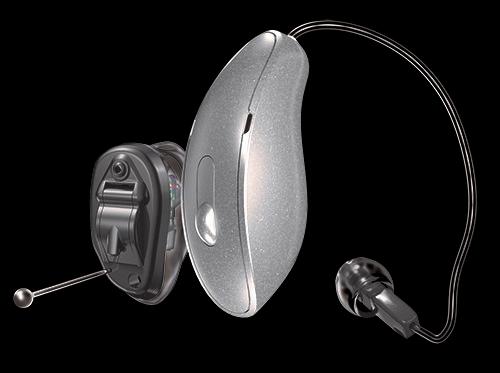







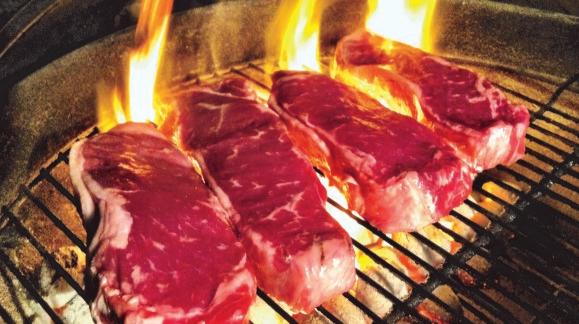















Of The Mid-Ohio Valley
is Published & Distributed Weekly By: CindAl Publishing Company 812 55th St. Vienna, WV 26105
e-mail: alan@tidbitsmov.com
Advertising: 304.210.3812
We reserve the absolute right to accept, reject, discontinue or refuse any advertisement personal or commercial that we deem may not be conducive for our publication or Tidbits®. The publisher does not assume any responsibility for the claims of its advertisers. Tidbits® is committed to remain a family oriented publication. www.tidbitsmov.com
FOOD BITS (continued):
• How many ways can you say pasta? According to Italians, there are many, each with its own literal translation. “Capelli d’angelo” means angel hair, while “farfalle” translates butterflies. The translation for “linguine” is little tongues, while “rotelle” stands for wheels. “Mostaccioli,” a tubular pasta with the ends cut at an angle, is Italian for mustaches, and “penne,” another tube shape, has the tips cut to a point, and means quill in Italian. And what about spaghetti? It literally means “strings.”
• Buffalo wings have nothing to do with the enormous American bison. This tasty appetizer is named such because of its origin in Buffalo, New York. The Bellissimo family established the city’s Anchor Bar in 1935. The story goes that their son arrived at the bar on a March evening in 1964 with a hungry group of friends, and asked his mother to fix something to eat. It was late, and supplies were limited, so Teressa grabbed chicken wings, normally used in soup or discarded, and deep-fried them. She flavored them with butter, cayenne pepper, and other spices in a spicy red-orange sauce, and served them up with celery and some bleu cheese dressing for dipping. Of course, they were an instant hit. Buffalo’s authentic wings are not battered, but merely deepfried until crispy, with sauce added after cooking. The Anchor Bar has grown from its initial location to 14 locations in a multistate franchise, and also bottles its famous sauce, sold around the world.
• Bombay duck has nothing to do with a poultry dish. It’s actually made from a species of the 16-in.-long (40-cm) lizardfish. This particular type is found in the waters around Mumbai, India. It’s very bony, with tender and flavorful meat that is breaded and fried, a popular dish in Indian restaurants.
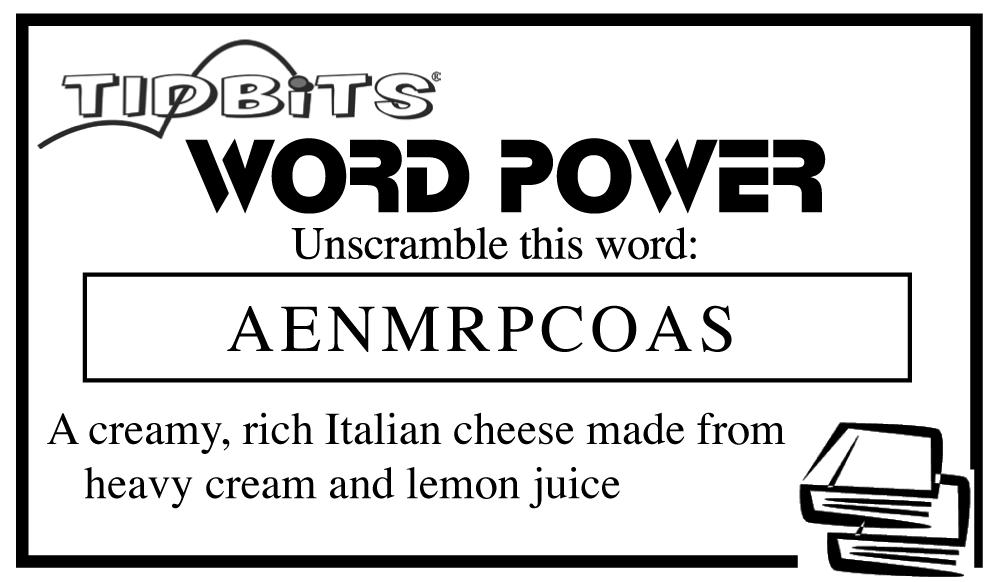



In this issue of TidbitsMOV our boy Tommy Tidbits is hiding

Find him and enter the weekly contest, please send us a message including your name, Postal mail address the issue number you are referring to and which ad is hosting Tommy for the week!
Visit www.tidbitsmov.com or send the answer with the above information to alan@tidbitsmov.com OR you may send us a private message to our Facebook page - @TidbitsMOV. PLEASE do not post the answer directly to the page - that ruins the fun for everyone. All winners will be drawn randomly from correct responses and will be posted weekly. As with all our contests, though you are welcome to play every week, you are only eligible for one winner per household per month.



John W from Mineral Wells Found Tommy In Issue 1251











FOOD BITS (continued):
• Do you know your sauces? Hollandaise is a mixture of butter, egg yolks, and lemon juice. Bearnaise also contains egg yolks and butter, but is mixed with shallots, vinegar, wine, and tarragon. Bordelaise is very rich, composed of wine, brown stock, bone marrow, shallots, and parsley. Even if you can’t pronounce Worcestershire, you can recognize its ingredients – malt vinegar, molasses, sugar, anchovies, garlic, onions, sugar, salt, tamarind (a sweet fruit pulp), cloves, chili pepper, with some recipes addingsoysauce.
• Down South, dirty rice is a regular staple at the dinner table. It’s a Cajun dish that consists of rice mixed with ground chicken livers, bacon drippings, onions, celery stock, garlic, and minced bell peppers, spiced up with cayenne pepper, sage, and paprika. Some recipes add Andouille sausage. A similar Creole dish, jambalaya, adds chicken, andouille, seafood, and vegetables to basic dirty rice. Another variation is gumbo, which uses several varieties or meat and seafood, including chicken, duck, squirrel, rabbit, shrimp, crab, or oysters, along with celery, peppers, and onions. The stew is thickened with okra, and the whole dish is served over rice.
• Swanson Foods introduced frozen chicken pot pies in 1951 to great success. Carl Swanson’s sons suggested expanding into a frozen full-course meal, one that could be eaten on a chair while watching television, a new innovation appearing in more and more households. In 1953, the company debuted what became known as the TV dinner. An aluminum tray held turkey, corn bread, peas, gravy, and potatoes, in individualized compartments. During 1954, the first full year of production, Swanson estimated production would be in the 5,000 range, but sales far exceeded expectations at 10 million dinners!






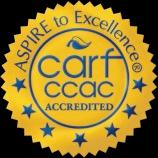


FOOD BITS (continued):
• Baked Alaska is a delicious dessert made of ice cream layered between sponge cake and meringue. It’s baked quickly in a very hot oven of 500 degrees (260 C) for about two to three minutes until the meringue browns. Why doesn’t the ice cream melt? The cake on the bottom and the meringue of egg whites and sugar act as insulating agents for the ice cream, keeping it from becoming soup. It’s believed the dessert was named in honor of the United States’ acquisition of the territory of Alaska from Russia in 1867.
• Both green olives and black olives come from the same tree and are the same fruit. The difference is how long the fruits are ripened. Green olives are picked when they are immature. If the olives are left on the tree, they will first turn from green to yellow, then to purplish brown. The brown (or black as we more commonly refer to them), have a mellower taste, are more nutritious, and contain up to 30% more oil than their green counterparts. No one eats an olive straight from the tree due to their intense bitterness. Olives are all pickled in brine, in the case of black olives, or cured in lye then pickled, as are green olives.
• Some recipes call for beef broth while others call for beef stock. What’s the difference? Broth is made from meat and vegetables, and stock is made with bones. Stock is usually thicker than broth. And what’s the difference between jam and jelly? Jam is made with fruit, while jelly is made with fruit juice. What about white and brown sugar? When sugar is refined, molasses gets removed during the process. Some of it is added back to make brown sugar.



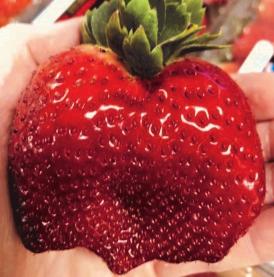
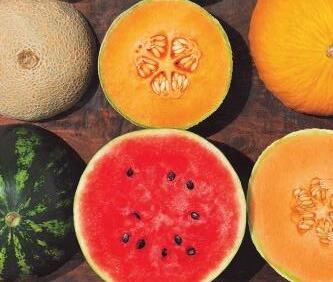


Stay Cool and Hydrated with Delicious Agua Fresca
This week summer officially arrives in all its sunny, sizzling glory. With temperatures climbing, often higher than usual, it's crucial to stay hydrated. But let's face it, not everyone especially kids jumps for joy at the idea of drinking plain water.
I'd like to introduce you to agua fresca, the delightful, refreshing and incredibly affordable beverage that's here to save the day!
Agua fresca, which translates to "fresh water" or "cool water," is a beloved drink in Mexico and beyond. It's essentially water infused with fruit, sometimes herbs, and other natural flavorings. Unlike sodas and fruit punches, which can be expensive and are often loaded with sugars and artificial ingredients, agua fresca is a healthy, homemade alternative that's as kind to your wallet as it is to your body. One of the best things about agua fresca is its versatility. You can mix and match fruits and herbs to create your own signature flavors. It's a beautiful way to enjoy the bounty of seasonal produce and a fun project to experiment with different combinations. It's also a great kitchen project to do with children, teaching them about healthy choices and involving them in the joy of creating something delicious at home.
Why choose agua fresca?
Hydration is key: In the sweltering heat, staying hydrated is more important than ever. Agua fresca provides a tasty way to keep up with your daily water intake.


Health benefits: Most sugary drinks do more harm than good. They are not only less hydrating but also packed with ingredients that can be detrimental to health. Agua fresca, on the other hand, is as natural as you make it, with minimal added sugar.
Cost-effective: Making agua fresca at home is incredibly inexpensive. With a few simple ingredients, you can prepare a large batch that will last for days.
Agua Fresca
Yield: 6 cups
Prep Time: 1 hour, 5 minutes
2 cups of your favorite fruit (watermelon, cantaloupe, pineapple, strawberries or cucumber work great)
4 cups of cold water
Juice of one lime or lemon
1-2 tablespoons of sugar or a natural sweetener (optional, to taste)
In a blender or food processor, blend the fruit with one cup of water until smooth. Strain the mixture through a fine mesh sieve to remove any pulp or seeds. In a large pitcher, combine the fruit puree with the remaining water and citrus juice. Stir in the sugar or sweetener as desired. Let this chill in the refrigerator for at least an hour before serving. Enjoy over ice.
Delicious Variations
Watermelon Mint: Add a handful of fresh mint leaves to the blender with the watermelon.
Cucumber Lime and Mint: Mix mint and lime juice with cucumber for a refreshing twist.
Strawberry Basil: Blend strawberries with a few basil leaves for a unique flavor.
Pineapple Coconut: Mix pineapple with a splash of coconut water for a tropical treat.
Diva Tip: Agua Fresca Ice Pops

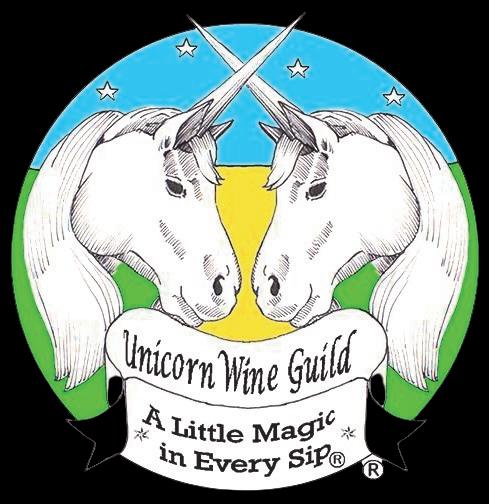


Turn your agua fresca into a fun summer treat by pouring it into ice pop molds and freezing it. These ice pops are a fantastic way to beat the heat and make for a healthy snack that kids and adults alike will love.
A Special Note: While you're staying cool and hydrated, don't forget to check on the elders in your family and neighborhood. Older adults can be more susceptible to dehydration, so ensure they're drinking enough fluids and staying cool during these hot months. Surprise someone nearby with a pitcher of agua fresca. Stay hydrated, stay healthy and enjoy the refreshing benefits of homemade agua fresca this summer!
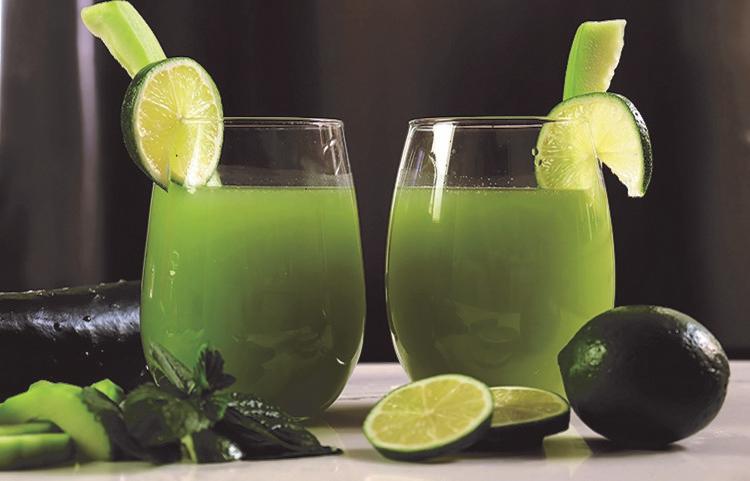
HENSLER’S HENSLER’S TOWN & COUNTRY MARKET
TOWN & COUNTRY MARKET

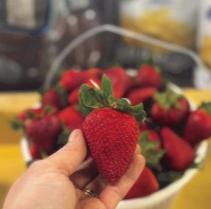
1090 S. Pleasants Hwy St Marys WV Mon-Fri 6:30a - 7p Sat 8a-7p Sun 11-5
BEAUTIFUL BODY: BONES

Your bones support you from head to toe, protect your internal organs, and give your body its shape. This week, Tidbits directs attention to the skeletal structure of the body.
• A baby is born with about 300 bones, but by adulthood will only have 206. That’s because a baby’s bones are mostly cartilage rather than solid bone which mineralizes during the first few years, causing some bones to fuse together, a process known as ossification. Bones. which make up about 15% of an adult body’s weight, consist of calcium, phosphorus, sodium, other minerals, and the protein collagen. Collagen is constantly replenishing itself, so that about every seven years, every bone in the body is completely replaced.
• The femur, or thighbone, accounts for nearly 25% of a body’s height. It’s the longest and strongest bone of the body, able to support 30 times its own weight.
• The only bone that is fully grown at birth is the stapes, commonly called the stirrup, found in the middle ear. It’s the body’s smallest bone, just 0.11 inches (2.8 mm) long, about the size of a grain of rice.
• All the body’s bones connect together to provide structure, except for one. The V-shaped hyoid bone, found in the throat above the larynx, is the only bone that doesn’t connect to a joint. It’s responsible for holding your tongue in place.
• Most people have 12 ribs on each side, but about 1% (usually males) have a 13th rib. This extra, known as a cervical rib, is present at birth and is located at the base of the neck, just above the collarbone. Some people have it removed because it can cause neck pain. The ribs move every time we breathe, about 5 million times a year.
(Continued page #7)































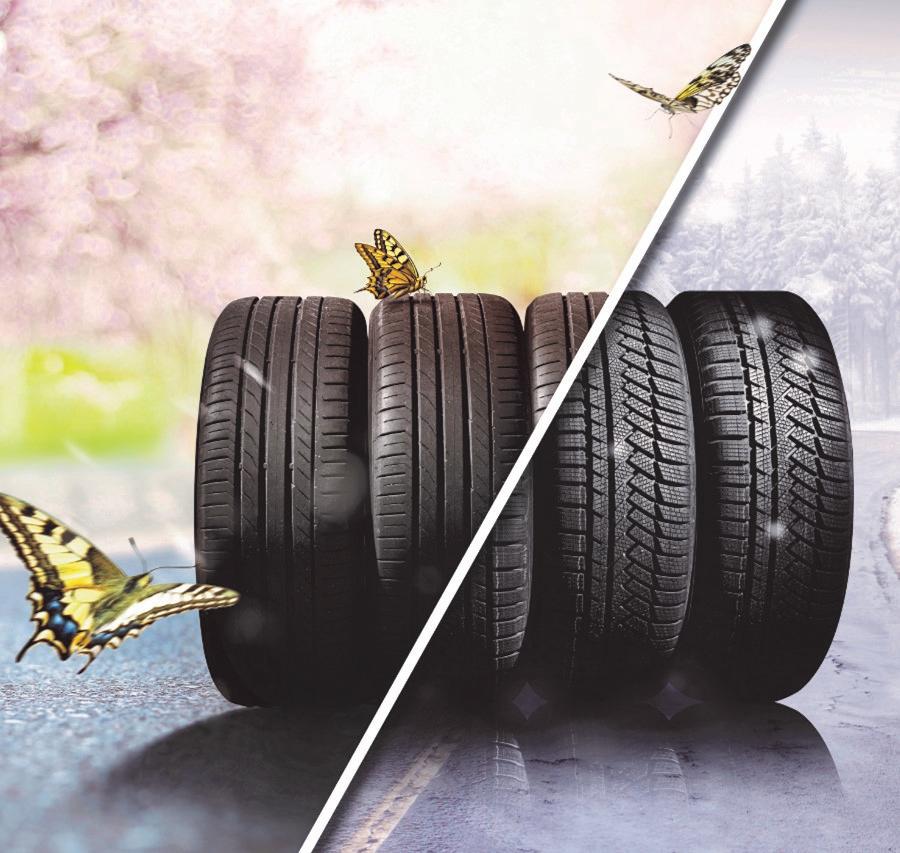

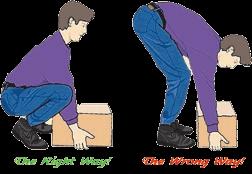










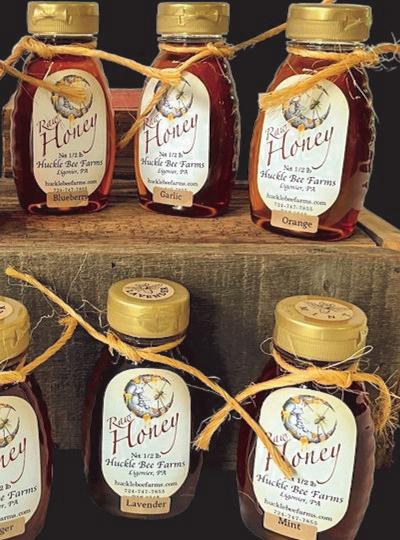






Senior cat's arthritis is impacting his quality of life
DEAR PAW'S COR-
NER: My cat "Sticky" is 14 years old and still in great shape. He loves chasing after a laser beam and rolling around with his toys. However, I've noticed that when he comes over to leap up on my lap, he hesitates and just puts his paws on my leg and meows. I have to encourage him to leap, and he doesn't seem happy about it. Could something be wrong with him? Janine in Gulfport, Mississippi
DEAR JANINE: At age 14, Sticky is definitely a senior cat, and it sounds like he's beginning to develop a common senior cat problem: arthritis. Just like us, cats can suffer from stiff, achy joints as they get older. You're doing a great job of observing his behavior and spotting changes in the way he interacts. Arthritis (typically osteoarthritis, sometimes abbreviated as OA) is progressive, and sometimes not noticeable right away. There are fourkeythings to watch for:
Running Does your cat run with a fast, fluid motion, or in stops and starts?
Jumping Does your cat hesitate to take jumps that were effortless in the past?
Climbing Does your cat walk or run confidently on the stairs, or hesitate on each step?
Playing Does your cat keep up with the laser pointer, or start to lag behind?
Other noticeable behaviors, like excessive meowing, hiding away or even occasionally missing the litter box also signal that your cat is uncomfortable or in pain. It's important to consult with Sticky's veterinarian at this point. Together, you can evaluate his pain level and function, and discuss options for improving his comfort. There are treatments for cats with OA that will greatly improve his quality of life and get him back to his old self. Send your tips, comments or questions to ask@pawscorner.com.
(c) 2024 King Features Synd., Inc.


















BONES (continued):
• Bones are filled with a spongy tissue known as bone marrow. This substance produces red blood cells that carry oxygen throughout the body, white blood cells that fight infections, and platelets that control bleeding. Bone marrow produces about 500 billion blood cells a day.
• The most common broken bones among adults are the arm and the ankle. In children, it’s the collarbone, also known as the clavicle. Once a bone is broken, within two hours, the body is taking action to heal the fracture. A blood clot forms around the bone, and blood vessels form to help the healing process begin. Next, collagen forms around the break which will harden and hold the pieces in place. It takes about 12 weeks for a bone to heal. Frequently, the new bone is stronger than the old one.
• Where’s your funny bone? First of all, it’s not a bone at all, but rather the ulnar nerve. It runs inside the elbow, and when bumped, it creates tingling, prickly pain and numbness.
• If the amount of calcium in the blood is too low, the body reacts by pulling calcium reserves from the bones. The creation of new bone can’t keep up with the loss of old bone, and the bones become thin and fragile, with large holes. This creates osteoporosis which causes bones to break much more easily. In severe cases, even a spell of coughing can cause a break. The most common breaks are in the hip, wrist, or spine. About 10 million Americans have osteoporosis, with 80% of them women.
• How do you keep your bones strong? Providing them with calcium and Vitamins A, K, and D will keep them healthy, along with daily walks and other load-bearing exercise.




